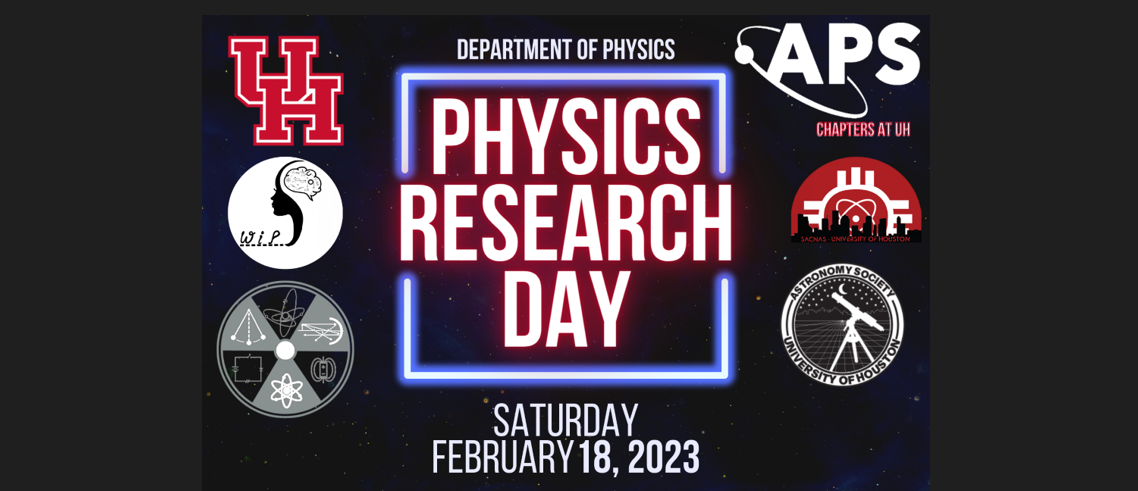Speaker
Description
Positron Emission Tomography (PET) is used to observe metabolic processes within patients. It works by reconstructing the annihilation origin of incident gamma rays produced by a positron emitting tracer. However, inefficiencies of current PET technology, such as the use of photomultiplier tubes, can result in poor imaging. In addition, current PET scanners possess a small field of view which limits the sensitivity. We propose 3Dπ: a full body, Time of Flight (TOF) PET scanner using Silicon Photomultipliers (SiPM) coupled with a Xenon-doped Liquid Argon (LAr+Xe) scintillator.
We simulated this design using Geant4 while following the National Electrical Manufacturers Association’s evaluation tests (2018) for performance assessment. We will present results that highlight a 200-fold increase in sensitivity, spatial resolutions comparable to commercial PET scanners, performance based on the Noise Equivalent Count Rate metric and produce PET images from 15-30 second scans, faster than traditional non-full-body 30-35-minute scans. Further studies will involve optimizing the design of the scanner, understanding the noise produced by the detector and developing hardware prototype tests.
With the LAr+Xe scintillator and SiPMs of 3Dπ, we can use the precise TOF info of gamma rays to improve the localization of individual positron annihilations, and as one example benefit, provide low-dose PET scans for patients who may be at high risk for exposure to radiation.
| Academic year | 4th year |
|---|---|
| Research Advisor | Andrew Renshaw |
